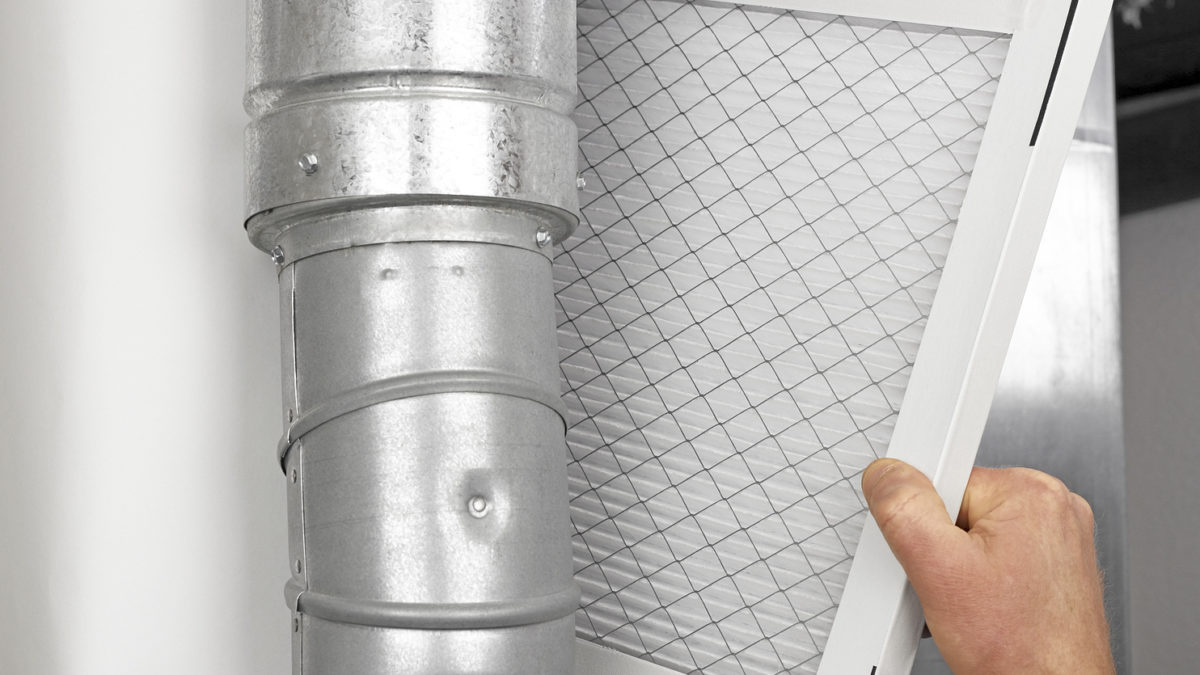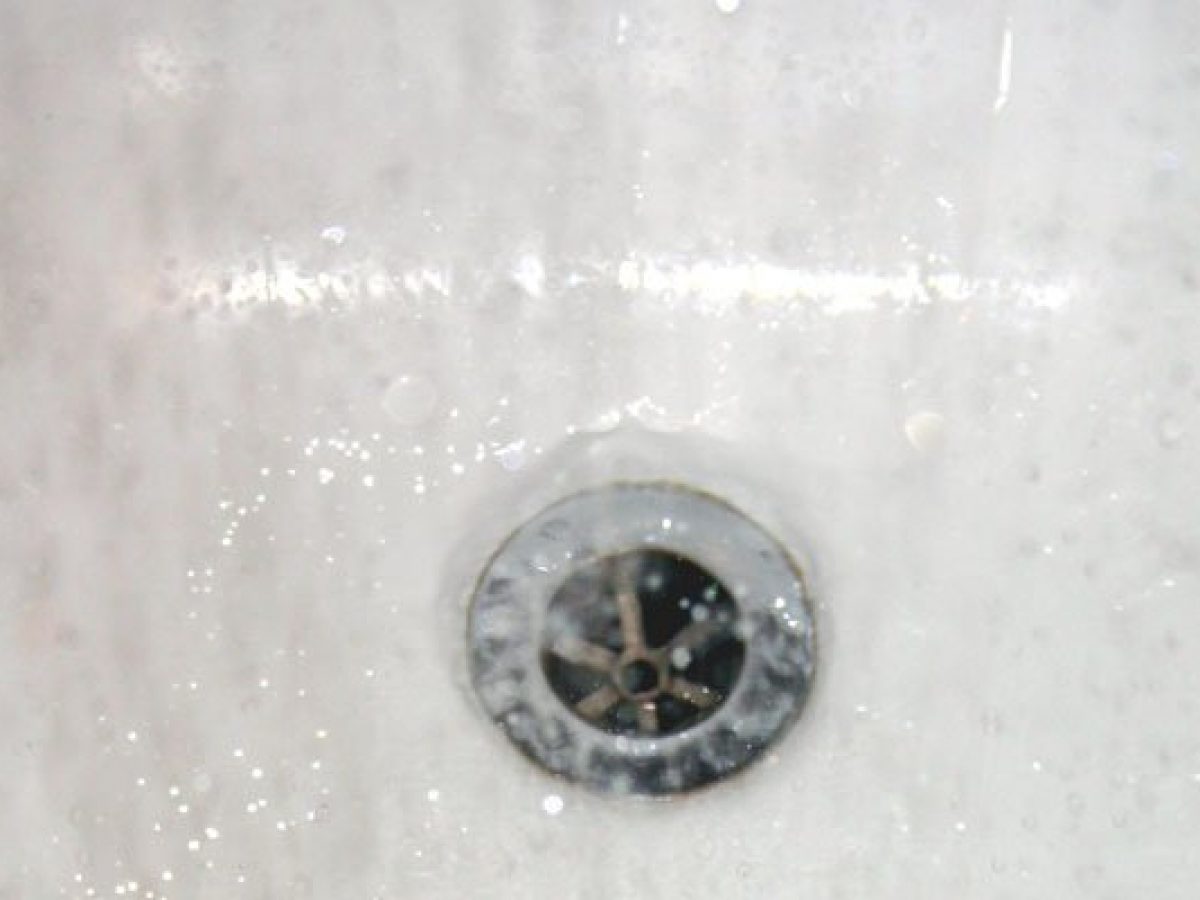Prevent Pipe Bursts in Cold Weather: 5 Effective Winterizing Hacks
Prevent Pipe Bursts in Cold Weather: 5 Effective Winterizing Hacks
Blog Article
They are making a number of great observations regarding Winterizing Your Pipes overall in the content directly below.

All house owners that reside in warm environments must do their best to winterize their pipelines. It is something you have to do throughout autumn prior to deep winter season truly starts. Failure to do so can mean calamity like frozen, fractured, or burst pipelines. If the climate outside is shocking, here are some handy winterizing hacks to maintain your plumbing system protected also.
Try a Hair Clothes Dryer or Warm Gun
When your pipelines are virtually freezing, your trusty hair dryer or warm weapon is a blessing. If the warm towels do not aid displace any kind of clearing up ice in your pipelines, bowling warm air straight right into them might assist. You may end up destructive your pipelines while attempting to thaw the ice.
Open Up Closet Doors Hiding Plumbing
When it's cold outside, it would certainly be helpful to open up closet doors that are camouflaging your pipes. Doing this small technique can maintain your pipelines warm as well as limit the potentially unsafe results of freezing temperature levels.
Take Some Time to Wrap Exposed Pipeline
One simple and also cool hack to heat up icy pipes is to cover them with warm towels. You can additionally utilize pre-soaked towels in warm water, just do not forget to put on safety gloves to secure your hands from the heat.
Switch on the Faucets
When the temperature level drops as well as it appears as if the freezing temperature level will last, it will assist to turn on your water both inside your home and also outdoors. This will certainly keep the water flowing with your plumbing systems. You'll finish up squandering gallons of water this means.
Shut Off Water When Pipes are Frozen
Turn off the primary water shutoff immediately if you discover that your pipelines are entirely icy or almost nearing that stage. You will generally discover this in your cellar or laundry room near the heating unit or the front wall surface closest to the street. Turn it off today to prevent more damage.
Don't forget to shut exterior water resources, too, such as your hookup for the garden house. Doing this will certainly prevent extra water from filling out your plumbing system. Regrettably, with more water, more ice will certainly accumulate, which will at some point bring about break pipelines. If you are unsure regarding the state of your pipelines this winter months, it is best to call an expert plumber for an inspection. Taking this proactive technique can save you hundreds of dollars out of commission.
All homeowners that live in pleasant climates should do their best to winterize their pipelines. Failure to do so can mean catastrophe like icy, split, or burst pipelines. If the hot towels do not assist dislodge any kind of working out ice in your pipelines, bowling warm air directly into them might aid. Transform off the main water shutoff quickly if you discover that your pipelines are completely icy or virtually nearing that stage. With even more water, even more ice will certainly stack up, which will eventually lead to break pipes.
PREVENT YOUR PIPES FROM FREEZING THIS WINTER
A Leading Cause of Property Damage
When the weather is taking a deep nose dive into the cold dreary days, the risk of your pipes freezing and potentially bursting skyrockets. Unfortunately, during these cold dreary months, burst pipes are the most common denominator for property damage. The pipes that are most at the risk are those that are in areas where it is most cold in your home. For instance, pipes located in interior places such as basements, attics, and your garage. Unfortunately, that doesn’t mean that the pipes running through your cabinets or exterior walls can’t freeze. Good news, however, is that you can do things to help prevent pipes from freezing.
How to Prevent Pipes From Freezing
Once the temperature starts to drop during the winter, you should be taking the proper measures needed to ensure that your pipes stay warm and that there is circulation of water through them. Some steps that experts may recommend could go against your better judgement when it comes to saving water and heat. However, it would go without saying that when expenses are compared, damaged pipes could put a bigger dent in your wallet than a water bill.
What Can I Do?
Keep your garage door closed. This is very important, especially if you have water supply lines running through your garage. Open your kitchen and bathroom cabinets to allow warm air to circulate through them. Allow air circulation throughout your home. Keeping the interior doors open will once again allow the warm air to circulate inside your home. Ensure your thermostat is running the same temperature throughout the night and day. If you plan to be away from home during the cold months, set your temperature no lower than 55° F. This should provide enough heat to keep the pipes warm and prevent any remaining water inside the pipes from freezing. For more of a long-term solution, add insulation to attics, basement, and other crawl spaces around your home. By allowing your faucet to drip, it will alleviate pressure in the system. This is important because the pressure that is created between the blockage and the faucet can potentially cause the pipes to burst. Allowing the faucet to drip will prevent the pressure from building up, therefore keeping the pipes from bursting. Seal any cracks, openings, and crawl spaces around your home to prevent cold air from coming inside. This keeps your pipes-not to mention your home-warmer and less susceptible to issues caused by freezing temperatures. For the pipes in your home that are easily accessible, applying electrical tape to them might prevent them from freezing over. This is a quick fix, as you can apply the tape directly to the pipe. There are two options for heating tapes. One turns on and off by itself when it senses heat is needed. The other type of heating tape needs to be applied when heat is needed and removed when not necessary. If you have exposed pipes in your home, you can check this website to take a look at a few options that would be available at a shop near you.

I am very involved in Winterizing Your Pipes and I am hoping you liked the article. Be sure to take the time to distribute this content if you enjoyed it. Thanks for taking the time to read it.
Visit Link Report this page